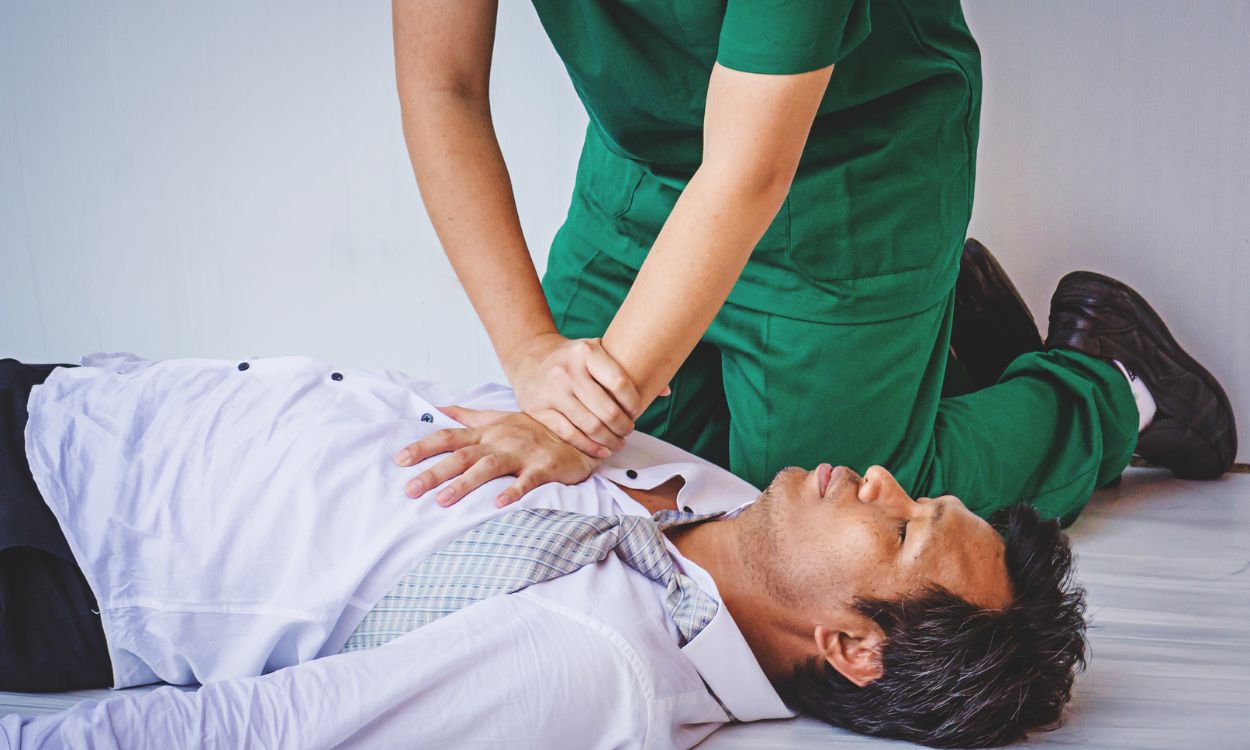Saving Lives: First Aid for Electric Shock Involving Loss of Consciousness
Electric shocks can be fatal and can cause serious injuries. In some cases, electric shock can lead to loss of consciousness, which can be life-threatening. In such situations, it is important to act quickly and provide first aid to the victim. In this article, we will discuss the first aid for electric shock involving loss of consciousness, including CPR and AED use.
CPR (Cardiopulmonary Resuscitation) is a life-saving technique that can be used to restore breathing and circulation in a person who has stopped breathing or whose heart has stopped beating. CPR involves chest compressions and rescue breaths. If the victim is unconscious and not breathing, start CPR immediately.
To perform CPR, follow these steps:
- Call for help: Call for emergency medical services (EMS) immediately. If someone is nearby, ask them to call for help while you start CPR.
- Check for breathing: Check if the victim is breathing. If not, tilt their head back and lift their chin to open the airway.
- Perform chest compressions: Place the heel of one hand on the center of the victim’s chest and place the other hand on top of the first hand. Press down hard and fast, at a rate of 100-120 compressions per minute.
- Give rescue breaths: Pinch the victim’s nose shut and give two rescue breaths. Watch for the chest to rise and fall with each breath.
- Continue CPR: Continue performing chest compressions and rescue breaths until help arrives or the victim starts breathing on their own.
AED (Automated External Defibrillator) is a portable device that can be used to deliver an electric shock to the heart to restore its normal rhythm. AEDs are easy to use and can be found in many public places, such as airports, shopping malls, and schools.
To use an AED, follow these steps:
- Turn on the AED: Turn on the AED and follow the voice prompts.
- Attach the pads: Attach the pads to the victim’s bare chest as shown in the diagram on the pads.
- Analyze the heart rhythm: The AED will analyze the heart rhythm and determine if a shock is needed.
- Deliver the shock: If a shock is needed, the AED will charge up and tell you to deliver the shock. Make sure no one is touching the victim and press the shock button.
- Continue CPR: After delivering the shock, continue performing CPR until help arrives or the victim starts breathing on their own.
In conclusion, electric shock can be a life-threatening emergency, especially if it involves loss of consciousness. Knowing how to perform CPR and use an AED can save lives. If you want to learn more about first aid and how to stay healthy and fit, download the Fitpaa app today. Our team of experts can help you achieve your health and fitness goals with guaranteed results. Stay safe and healthy!











